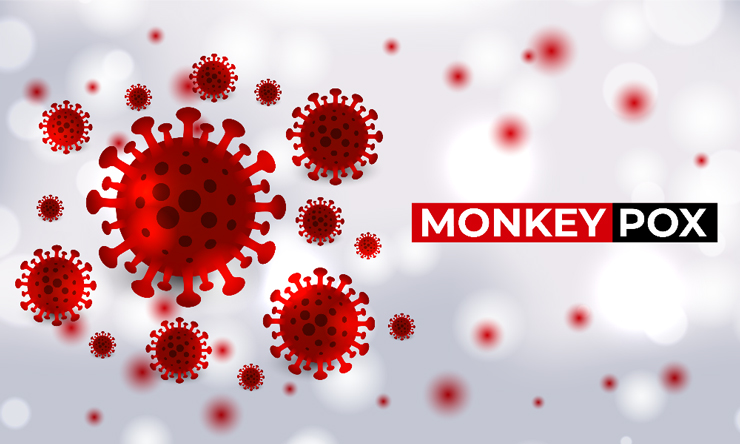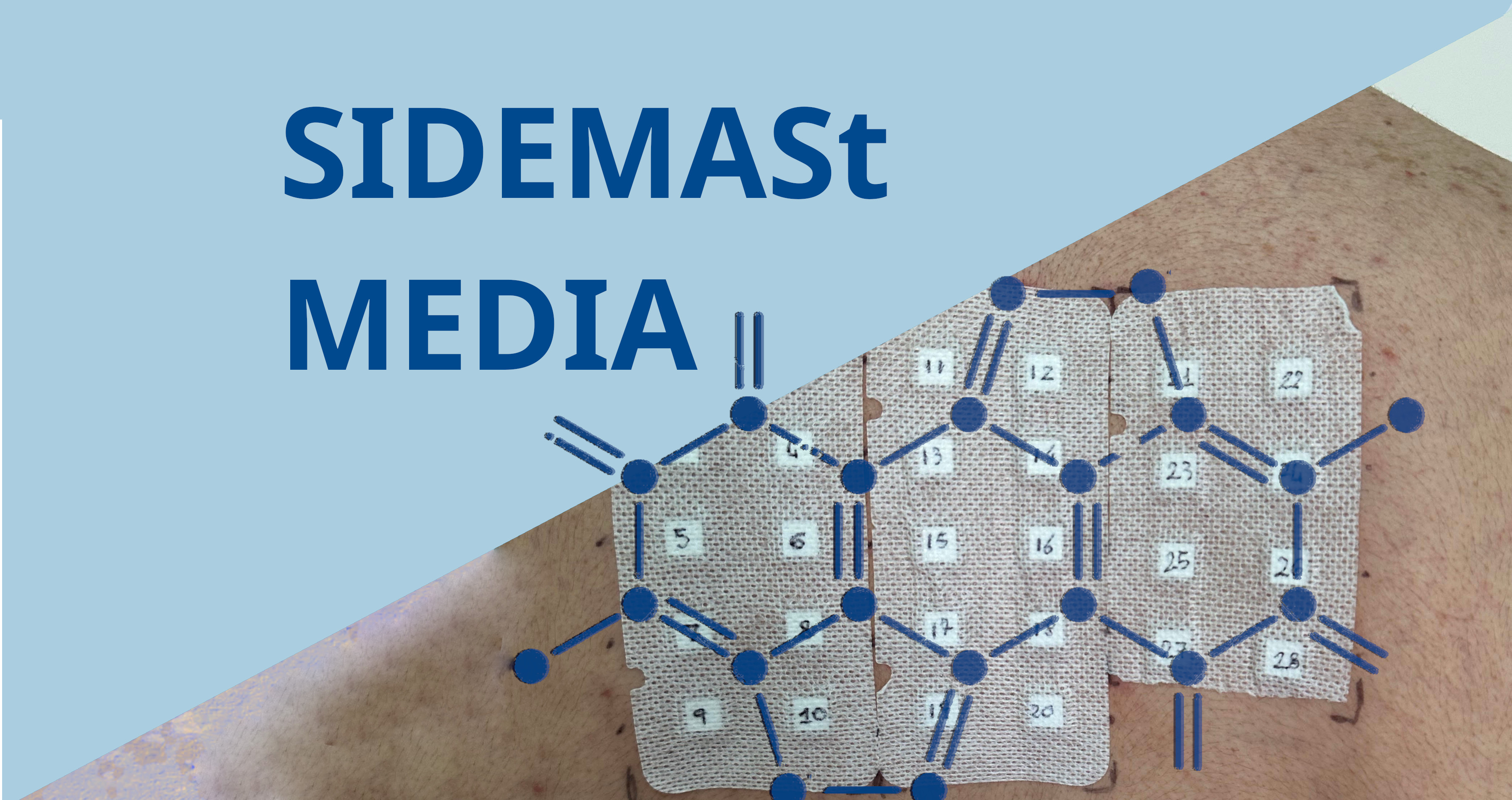Long-term treatment with nalbuphine extended-release (ER) results in a significant and sustained decrease in itching intensity in patients with uremic pruritus, according to a study presented here at the National Kidney Foundation (NKF) 2016 Spring Clinical Meetings.
The data also show a sustained reduction in the sleep disruption induced by itching.
Jayant Kumar, MD, Renal Medicine Associates, Albuquerque, New Mexico, reported findings from a long-term, open-label extension phase of a randomised, controlled study that enrolled 373 patients on haemodialysis with moderate and severe uremic pruritus.
Study participants underwent an 8-week course of twice-daily treatment with the investigational ?-opioid agonist/?-opioid antagonist nalbuphine ER 60 mg or 120 mg or placebo.
The parent study met its primary efficacy endpoint, demonstrating that twice-daily nalbuphine 120 mg led to a significant decrease in itching intensity compared with placebo.
After a 2-week washout period, patients who completed the parent study received active treatment (nalbuphine 30-120 mg twice daily), titrated to effect for 24 weeks.
The extension phase included 184 patients, of whom, 167 (91%) received treatment and 17 were entered into an observation period and never received treatment.
Overall, 101 (61%) patients completed 24 weeks of treatments and 66 stopped treatment prematurely because of adverse events or withdrawal of consent.
The mean Worst Itching Intensity on the Worst Itching Numerical Rating Scale decreased significantly from baseline to all measured time points (P < .001).
The mean itching-related quality of life on the Skindex-10 along with itching-related sleep disruption improved significantly from baseline to all measured time points, (P < .001).
The most common adverse events (AEs) were nausea and vomiting, which occurred in 26% and 20% of patients, respectively.
About a third of patients (32.3%) experienced serious AEs. Four (2.4%) serious AEs were related to nalbuphine ER treatment and included headache (n = 1), constipation (n = 2), and gastritis (n = 1).








